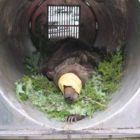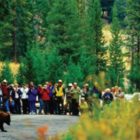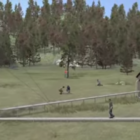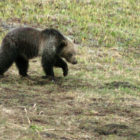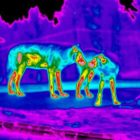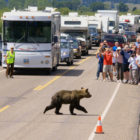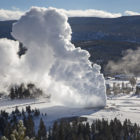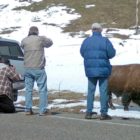
People visiting Yellowstone National Park this summer should follow some simple advice to avoid being injured by wildlife: keep your distance, and no bison selfies. That's the conclusion of a report issued this week by the Centers for Disease Control and Prevention that examined five separate incidents leading to injuries caused by bison in the park last summer. Continue Reading →

